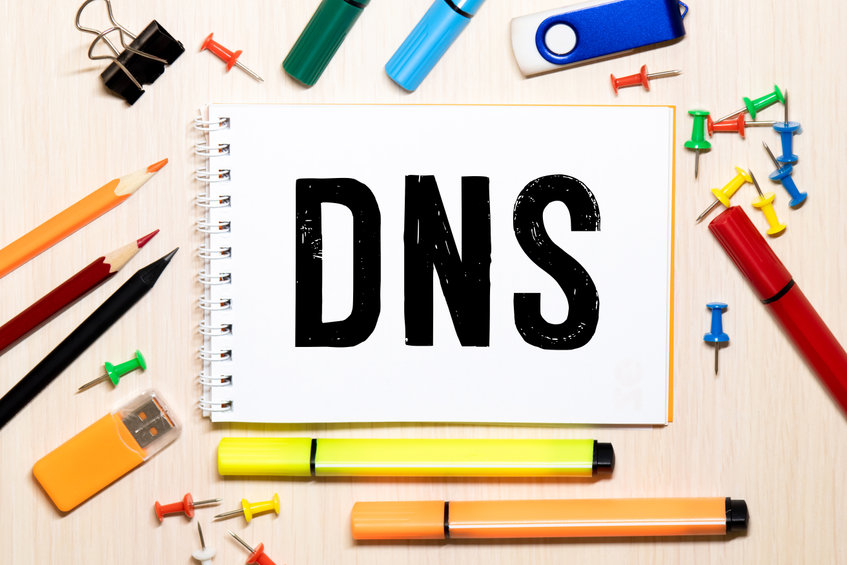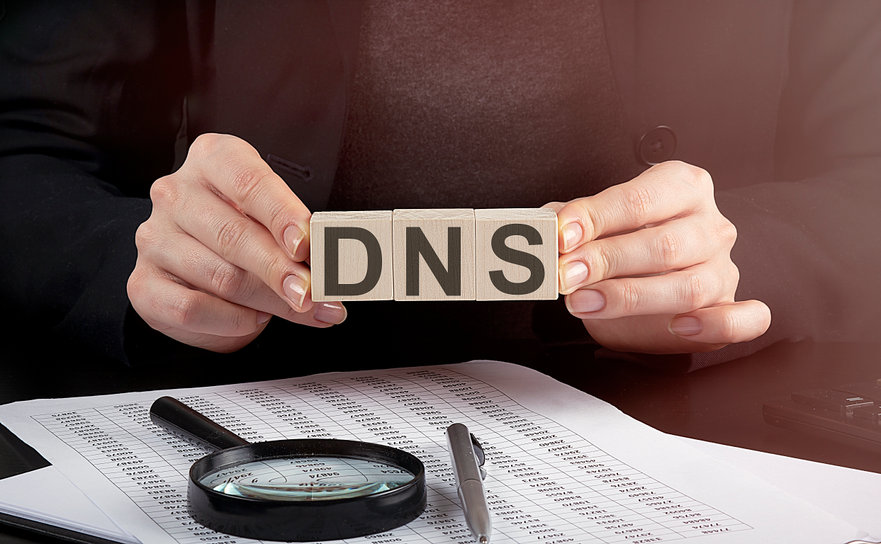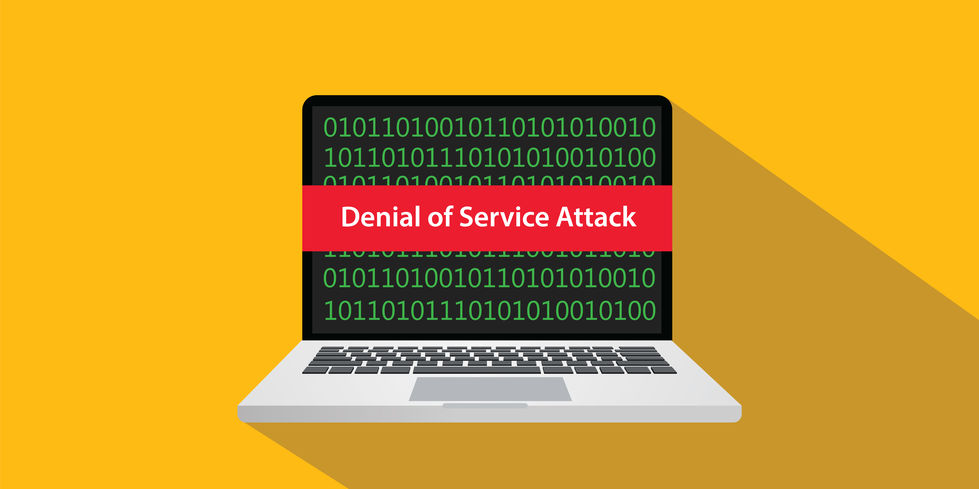DDoS Protected DNS: What is it?
DDoS protected DNS service is a strong network with servers strategically placed around the world. Servers are quite good at balancing traffic loads. In the case of an attack, to be on the lookout. When traffic spikes are noticed, the load is distributed across the network’s servers. If an attacker manages to bring down a server rather than experience downtime, more employees will continue to work for your organization.
What exactly is a DDoS attack?
DDoS (Distributed Denial of Service) is a type of cyber-attack that attempts to take down your service, network, or website. This is commonly accomplished by sending a large quantity of bandwidth to your server until it falls down or by exploiting a DNS or protocol fault, such as the UDP flaw, to treble the traffic to your website or service.








